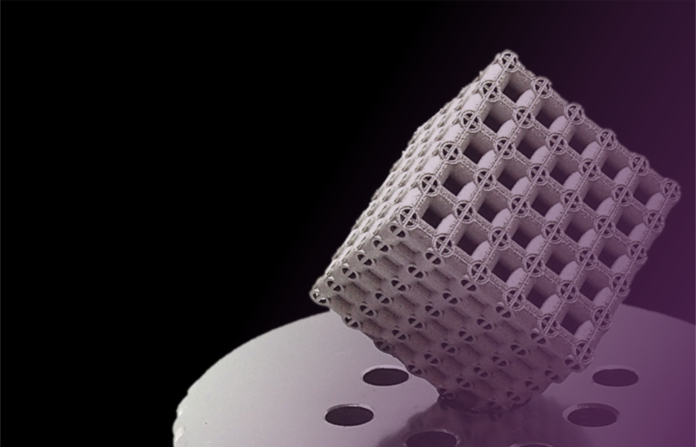The combined efforts of Chinese and US experts have developed a novel 3D printing method that will improve titanium alloy fatigue tolerance and expand its aerospace uses. This discovery is the biggest in materials research so far, and the Chinese Academy of Sciences calls it a “significant breakthrough.” This technology will benefit the lightweight material industry.
According to the study, Mr. Zhang Zhenjun and Mr. Zhang Zhefeng from the CAS Institute of Metal Research’s Shenyang National Laboratory for Materials Science and Mr. Robert Ritchie from UC Berkeley collaborated.
Additive manufacturing (AM), often known as 3D printing, has transformed production but still struggles with fatigue-resistant products. After laser melting metal powder to make a precise shape fast, gas pores formed within pieces, which could have caused “microvoids.”
This was done by producing a titanium alloy without pores. The titanium-aluminium-vanadium alloy was Ti-6Al-4V. The innovative Net-AM processing method improves alloy tensile fatigue strength by 106% through hot isostatic pressing to eliminate gas pores and rapid cooling to create a pore-free material. This record-breaking 978 MPa, higher than 475 MPa, opens up aerospace and new energy car applications.
The researchers stress that the equipment is currently experimental but has great practical potential. This material can be manufactured on a sample scale in the shape of a dumbbell and can be thinner with more complex shapes to fulfil industry needs. Thus, AM technology with void-free microstructures will be applied to other metallic materials. High fatigue resistance in these microstructures has changed AM technology.
The breakthrough, which can boost lightweight material-based industries, shows how 3D printing technology is improving and is ready for real-world applications.



